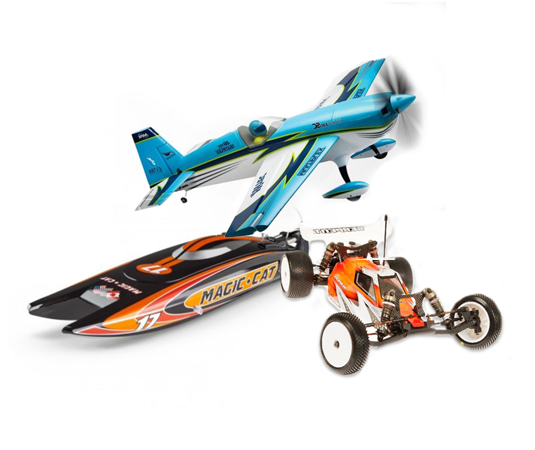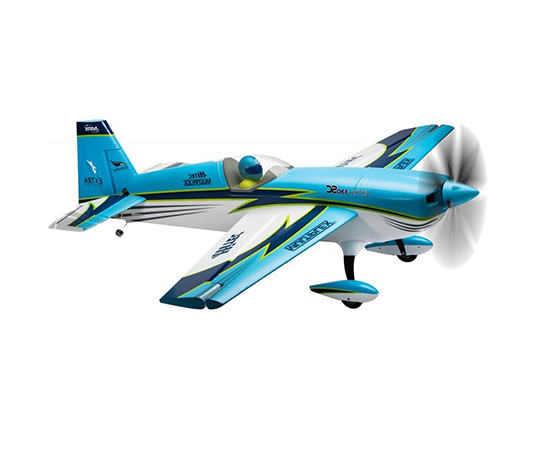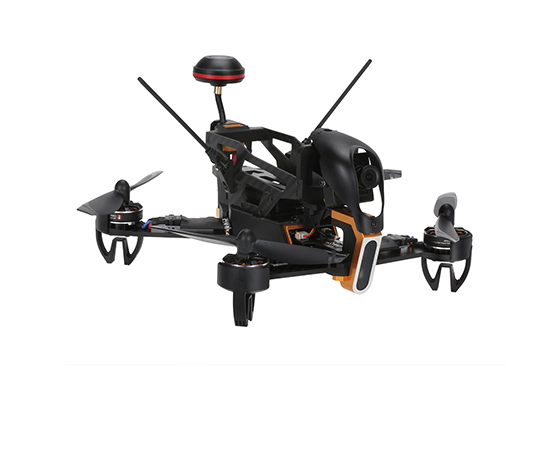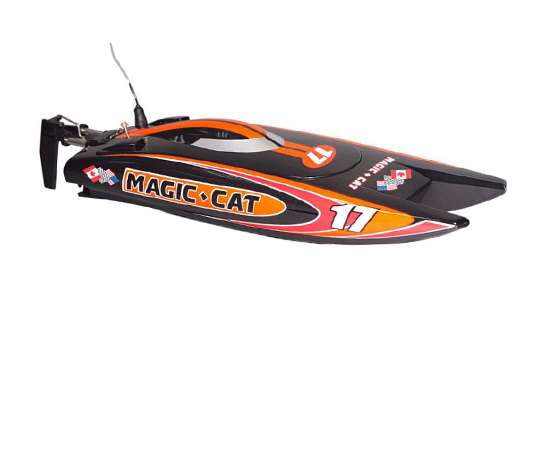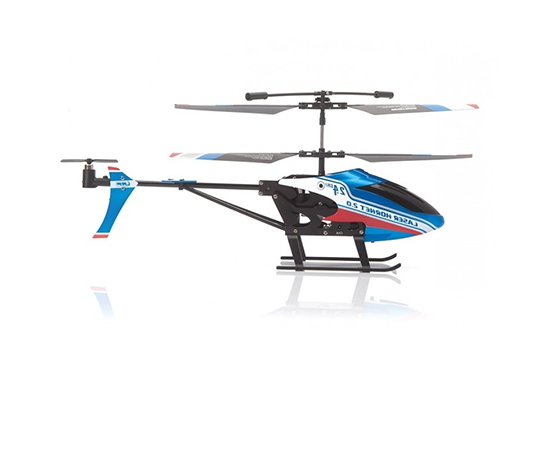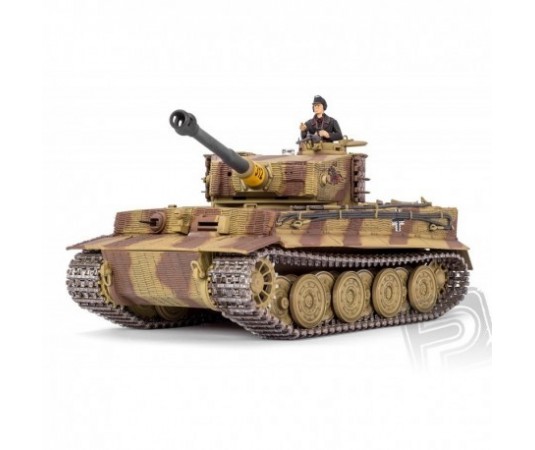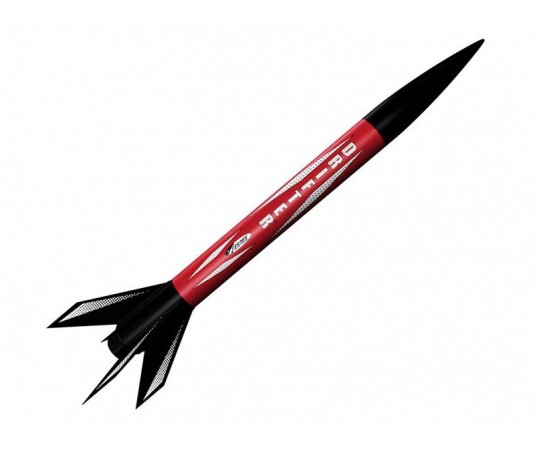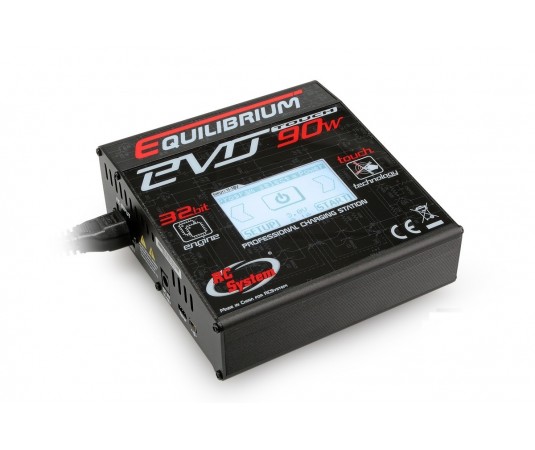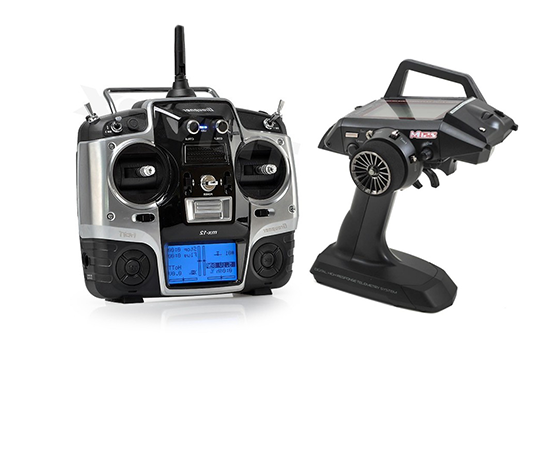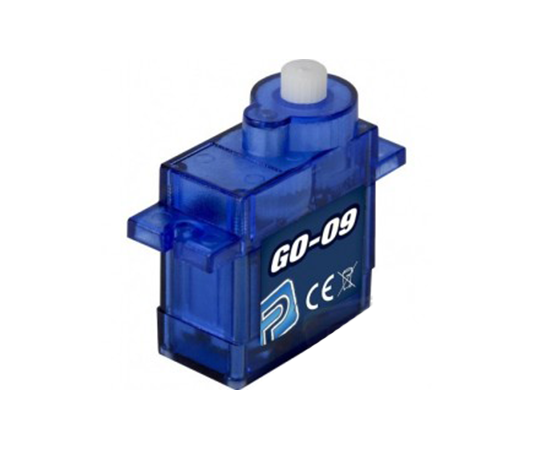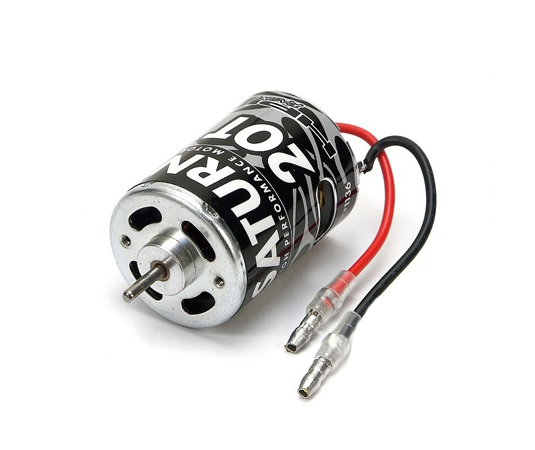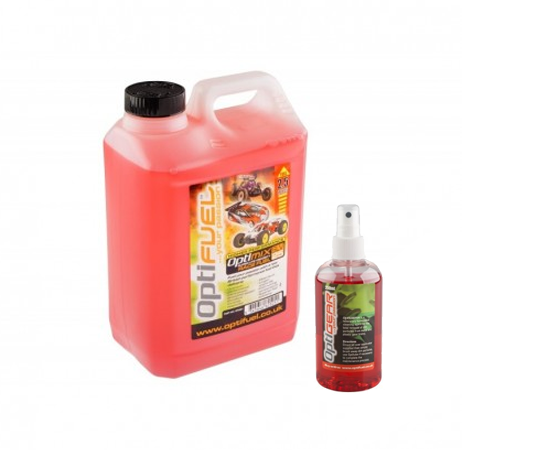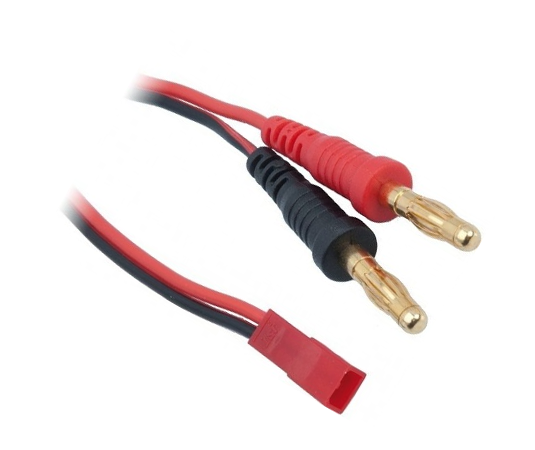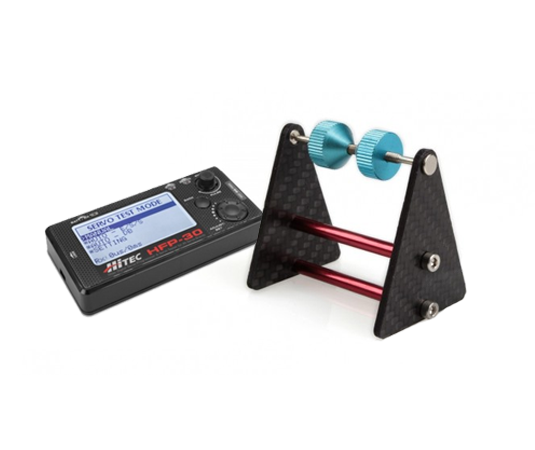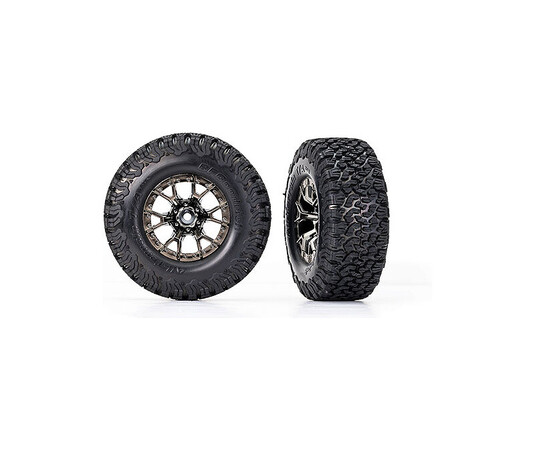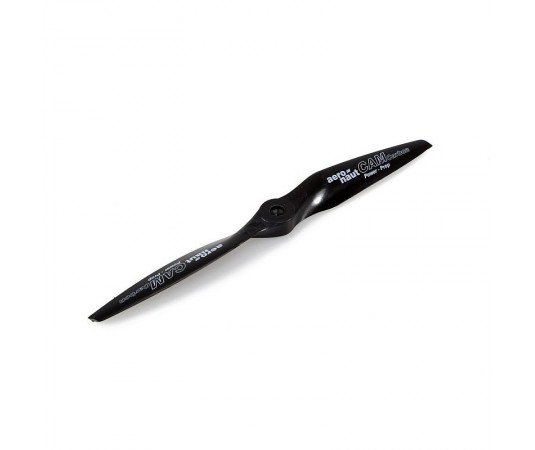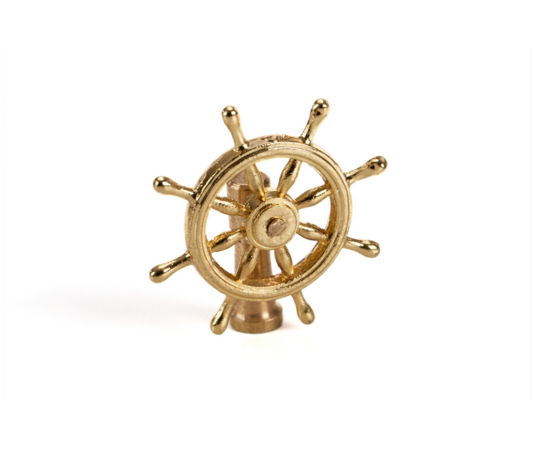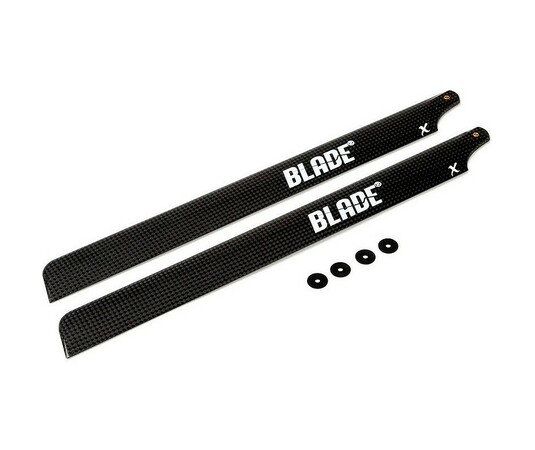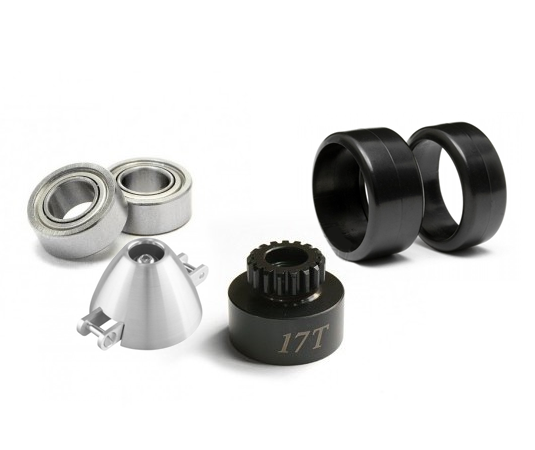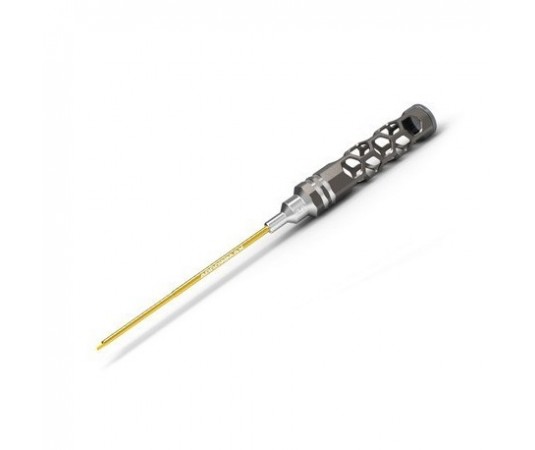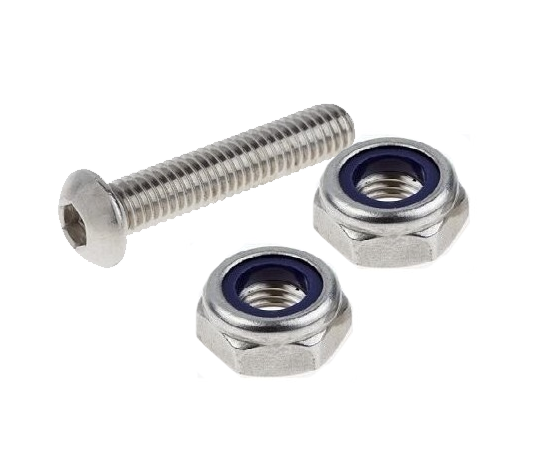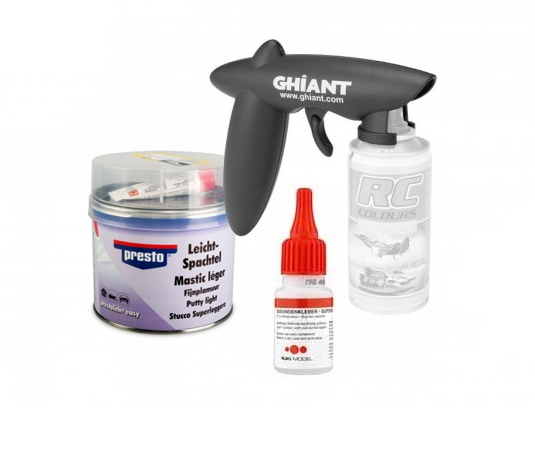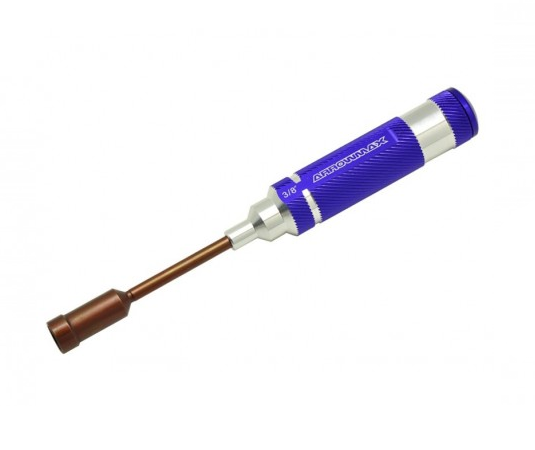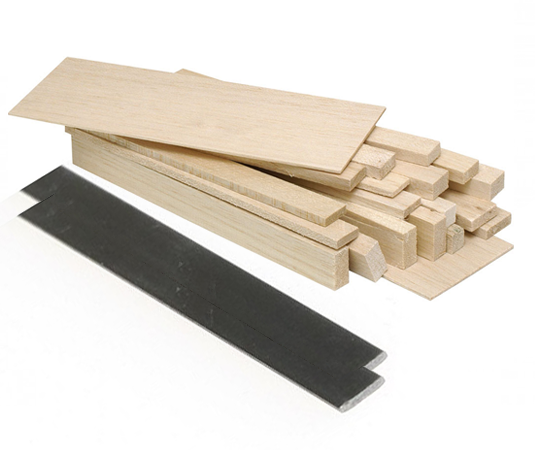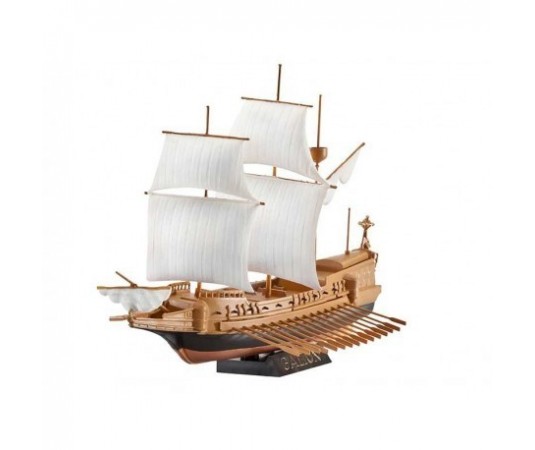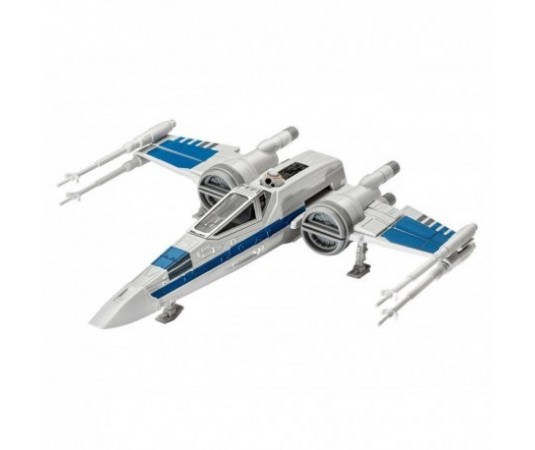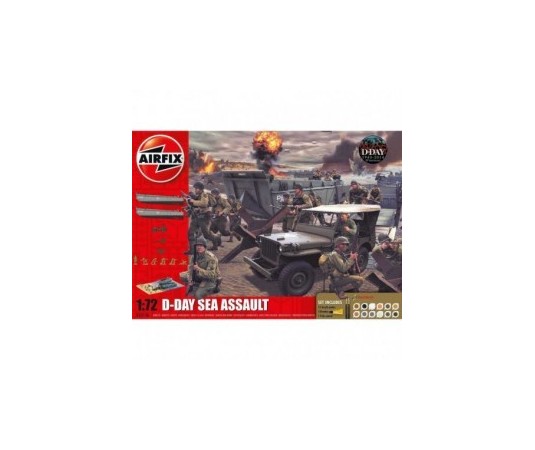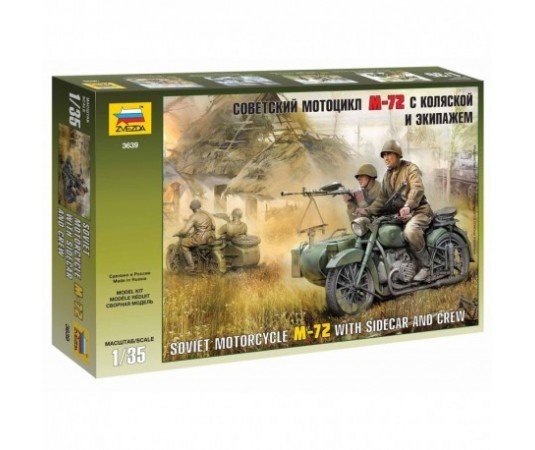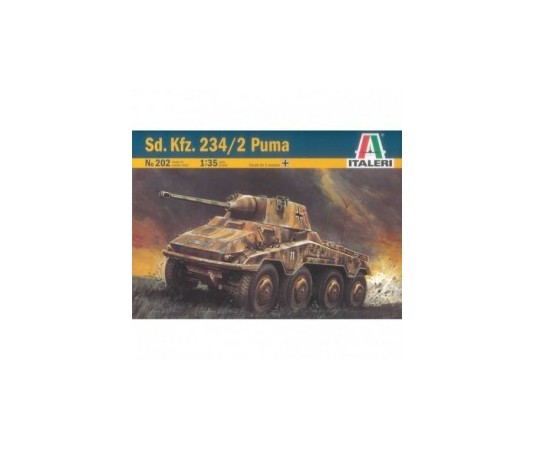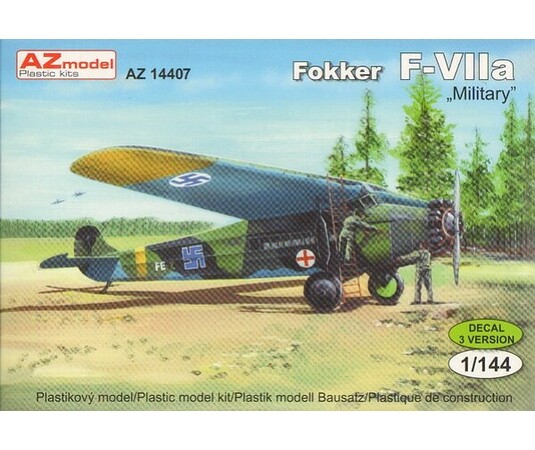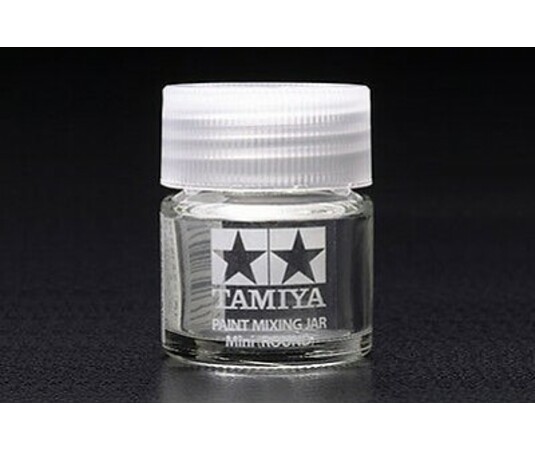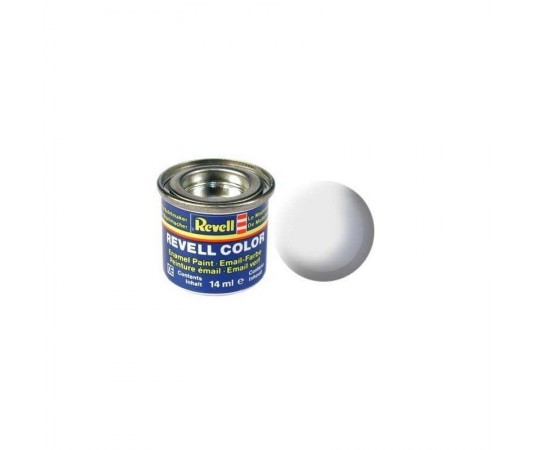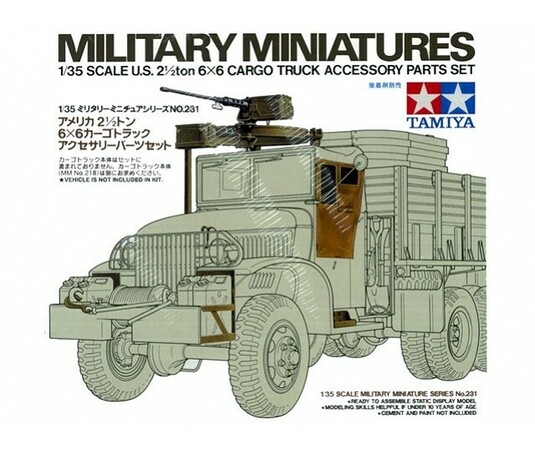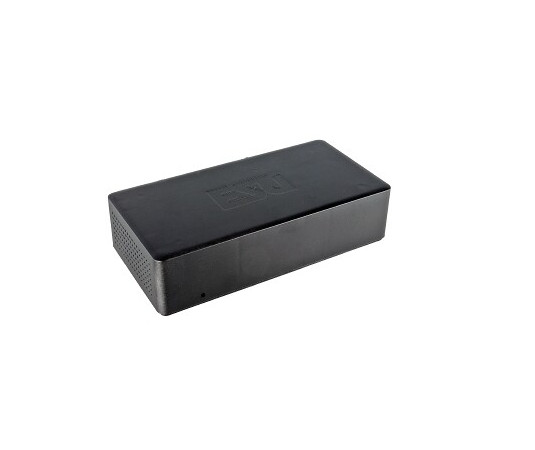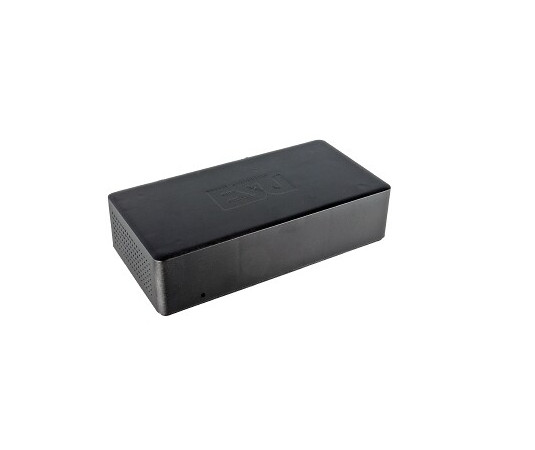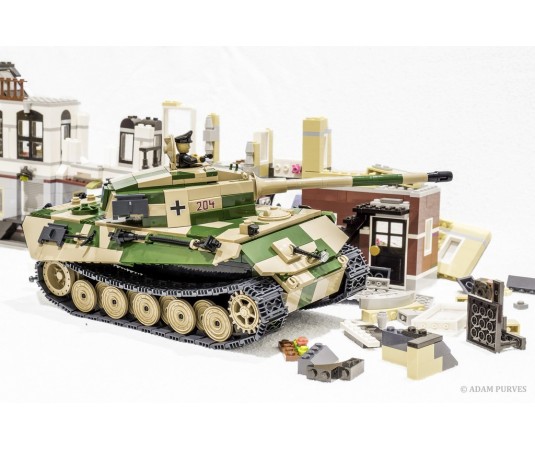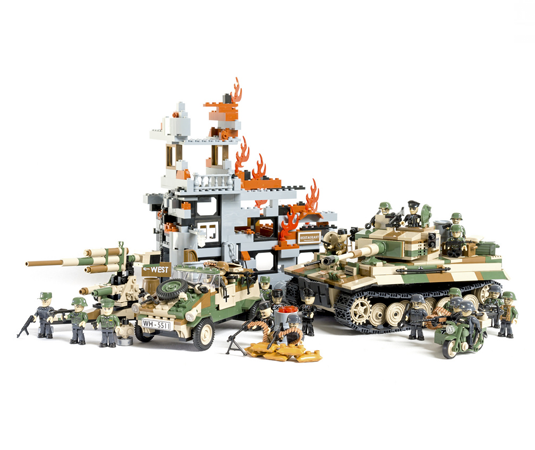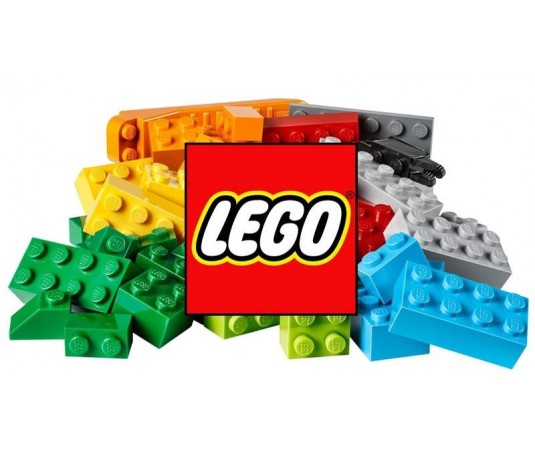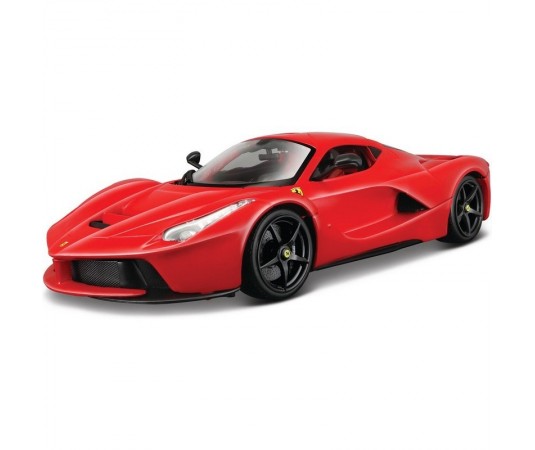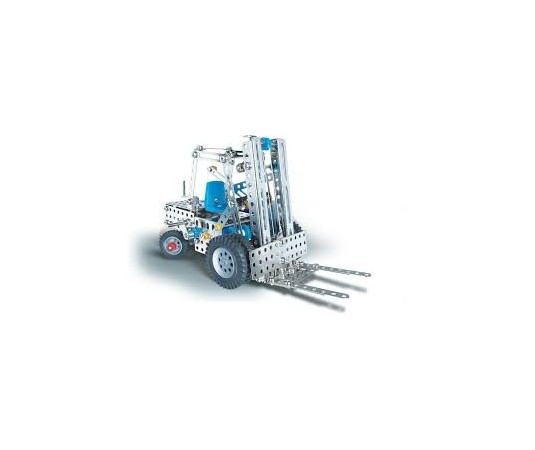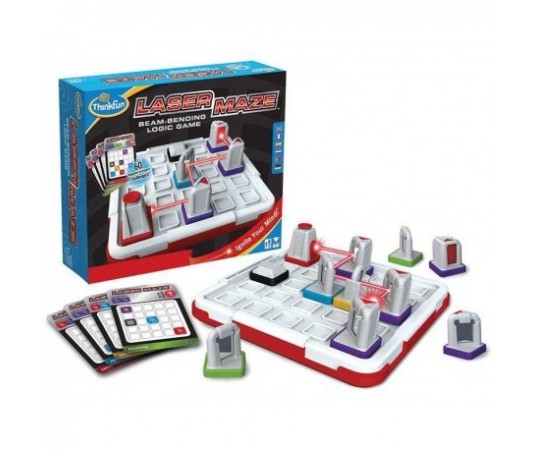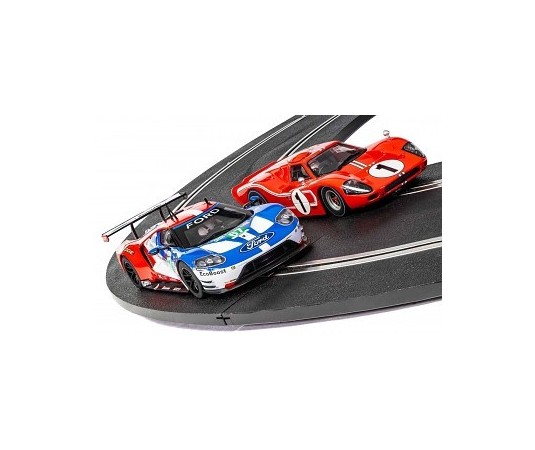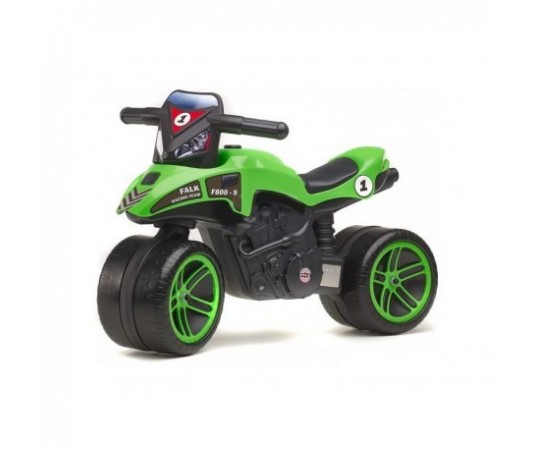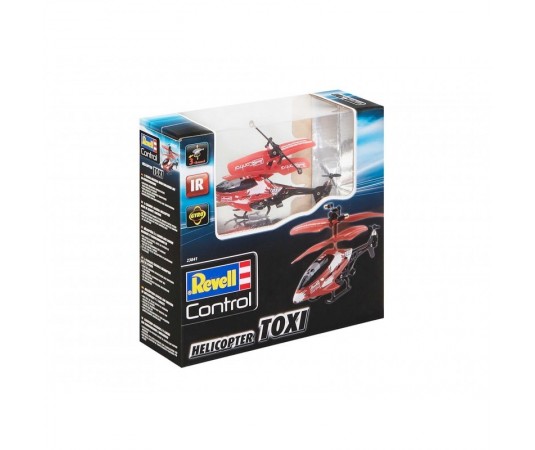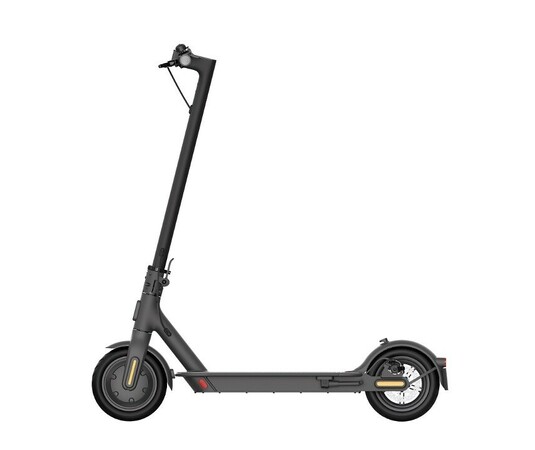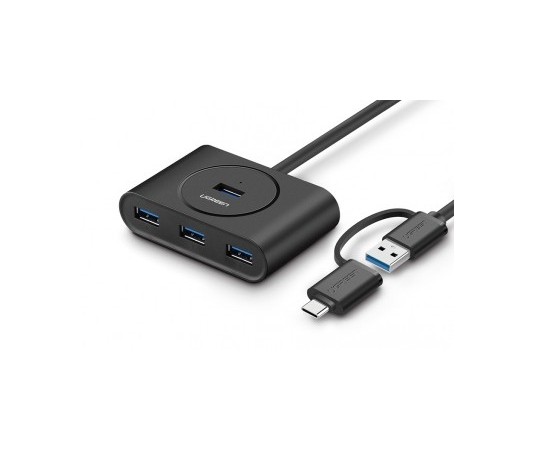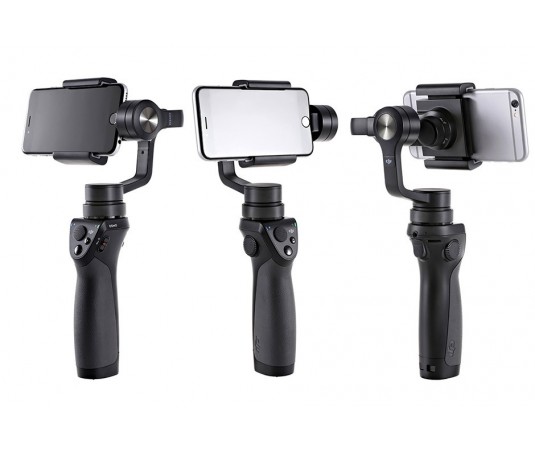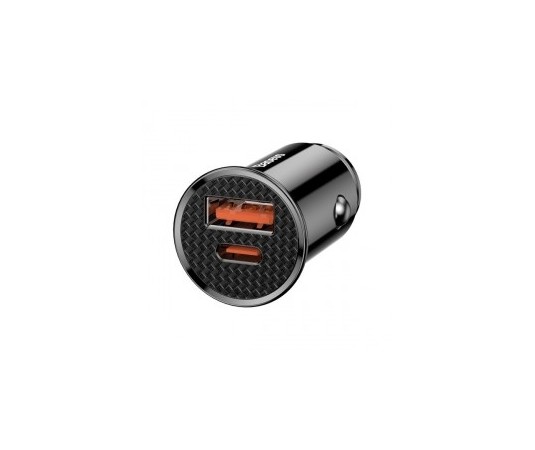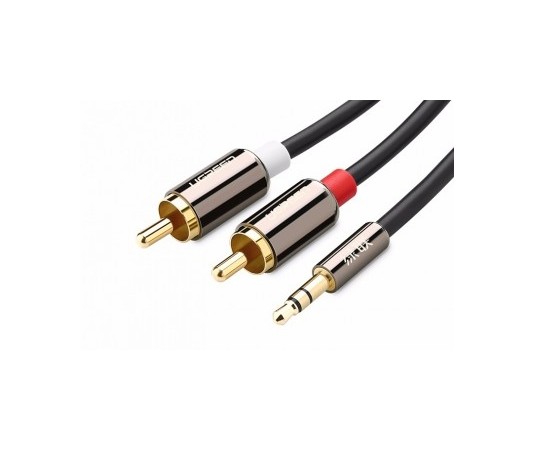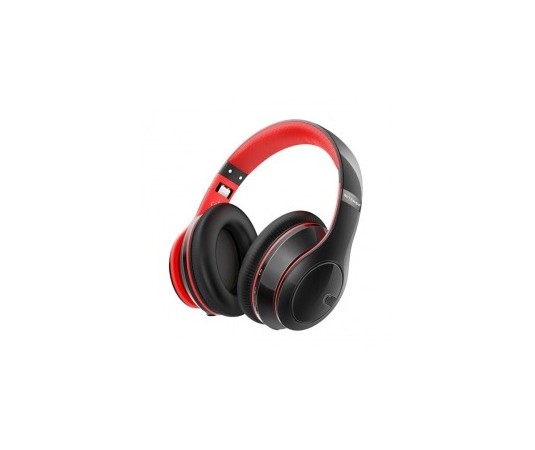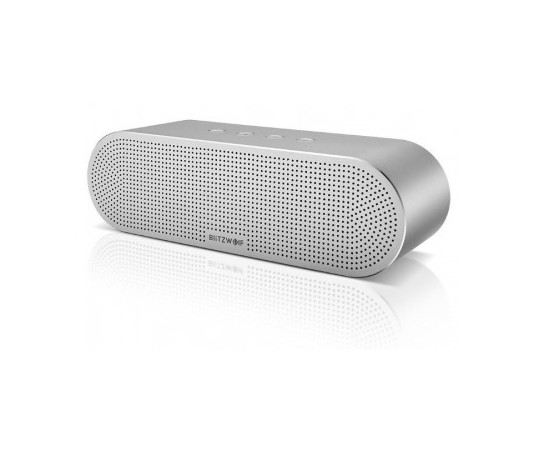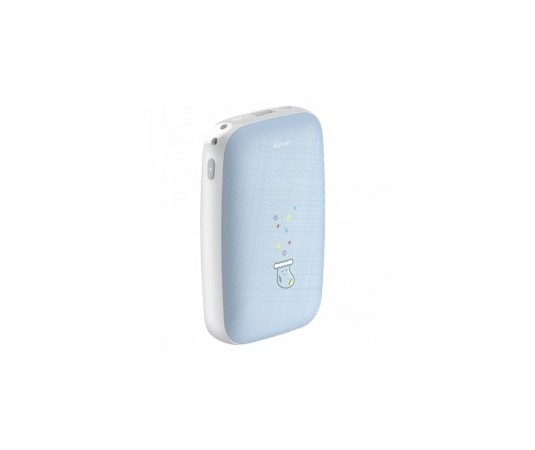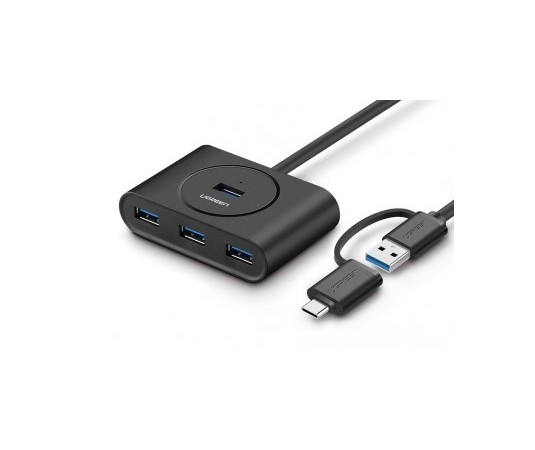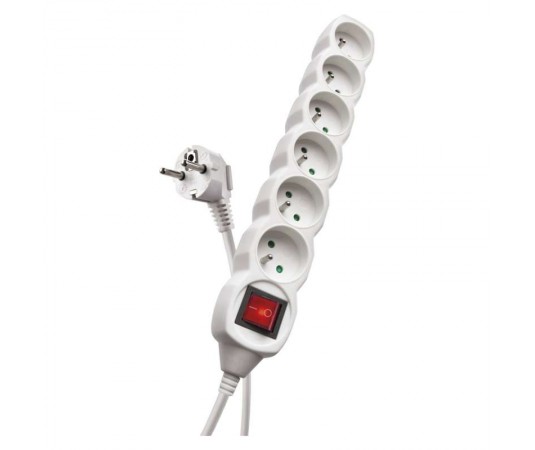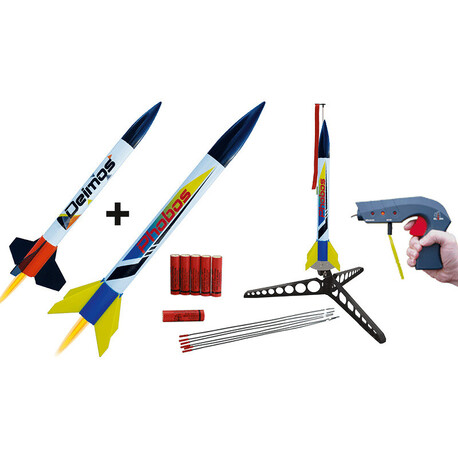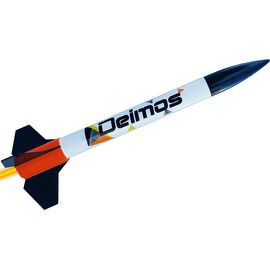- -1.85 €
Climate Phobos & Deimos Starter Kit

Express delivery

Large selection of carriers

Satisfaction guarantee
Characteristics
Kit of two rocket models for beginners, Klima Phobos & Deimos Starter Kit. Lengths 420mm (Phobos) and 338mm (Deimos), suitable motors for Phobos are B4-4, C6-5, D9-7 and recommended motors for Deimos are A6-4, B4-4, C6-7. Accessories are also included, such as a launch ramp with an adjustable slope, an electronic launch device, 6 pcs of engines A, B, C, with electric burners, scavenging plugs and parachutes.
The Starter Kit is an "all-round carefree package" that other manufacturers do not offer. Assembling the models is simple, the stabilizers are inserted into the grooves, the head is ready, only the insert for the motor needs to be glued. Just remove the decal on the fuselage and attach the parachute. Parachutes are of course included in the package. It is only necessary to purchase a GP ULTRA alkaline battery 6L22 9V for the operation of the ignition device.
Phobos and Deimos are two moons of the planet Mars, with Deimos being the smaller moon. The moons are the namesakes of these rockets. These rackets belong to the "Quick & Easy" group of models.
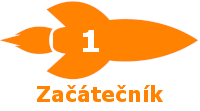
Difficulty building a rocket
Building Difficulty 1 rocket models require some painting, possibly gluing and sanding. The models have parts made of laser-cut wood or plastic moldings, a plastic or balsa cone and high-quality decals. Assembling the model is easy thanks to step-by-step pictorial instructions. You will spend approximately one afternoon building this model rocket.
For information on building and launching, see How to operate model rockets.
Rocket models
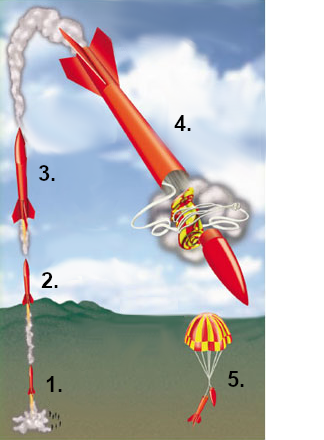
Flight phase
- Ignition of the engine - the propellant mixture in the engine is ignited by the burner.
The desired direction of flight is ensured by the guide rod of the launch pad, on which the rocket is slid. - Thrust and acceleration - the rocket is powered by the reactive power of the rocket engine.
- Burnout of the propellant mixture - as soon as the propellant mixture burns out, the delay mixture begins to burn, producing a large amount of smoke.
It is used to track the flight of the rocket. The fast moving rocket now begins to slow down. - The peak of the flight and ejection - after the retardation mixture has burned out, the ejection mixture is ignited, which activates the rocket's return system.
- The return system - is implemented most often using a parachute, a ribbon, or a so-called heli-blade.
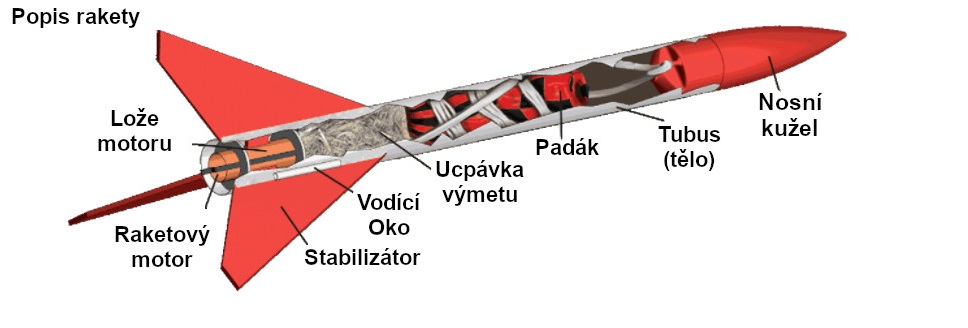
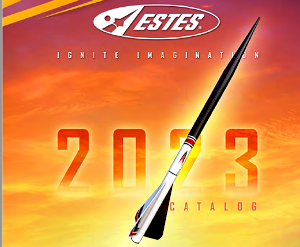
You can also find more information in the Estes catalog.
We recommend to buy
To launch and fly the rocket, you need to purchase:
- engines with burners,
- ejection seal (used to protect the parachute),
- launch pad,
- and firing devices for engines with electric burners.
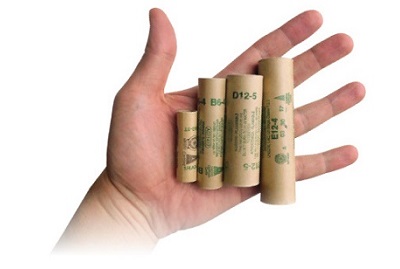
Rocket engines
Engine burners and gaskets are included in the engine package unless otherwise noted. Estes engines are equipped with electric burners, designed to be ignited by electric current through the firing device. The model can be fitted with Klima engines, also with electric burners or classic igniters. More information about rocket engines can be found in the overview of rocket engines.
Launching with the launch device (motors with electric burners) is carefree and safe - you stand a few meters from the rocket.
Recommended engines: Phobos - B4-4, C6-5, D9-7, Deimos - A6-4, B4-4, C6-7
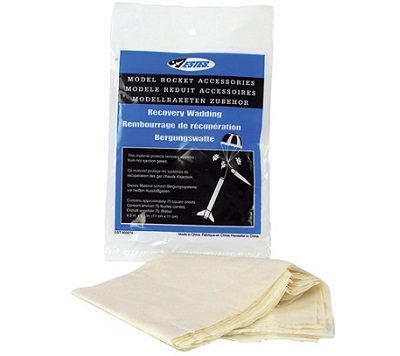
Dump plug
The cotton exhaust plug is made of non-flammable fabric, its purpose is to prevent damage (burning) of the parachute from engine exhaust.
Launch pad and launcher
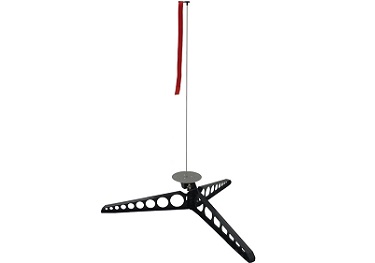
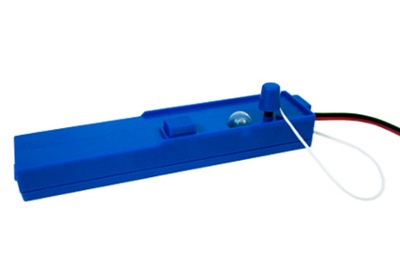
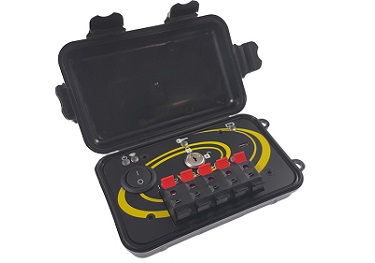

Build tools
To assemble the model, you will need: scissors, pencil, sandpaper, sanding block, modeling knife, universal glue, plastic glue and acrylic paints for possible coloring. For comfortable cutting and protection of the table during assembly, we recommend a work mat.
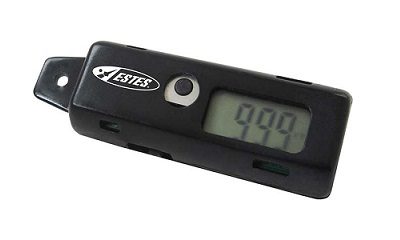
Flight altitude measurement
You can measure the height reached by the rocket using a digital altimeter that is inserted into the rocket. You can use a sextant to measure height from the ground.


